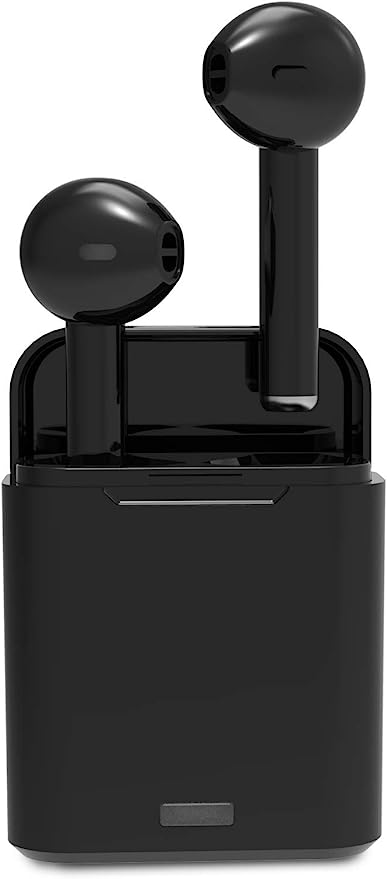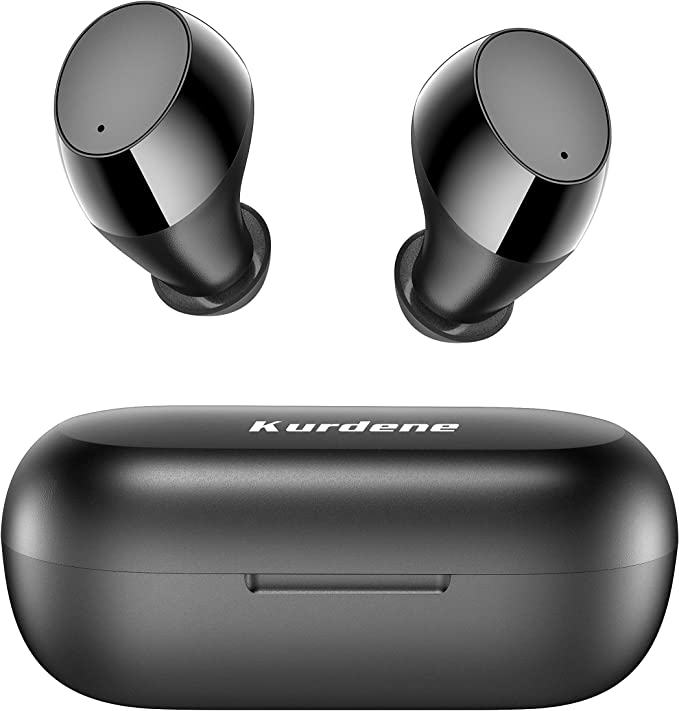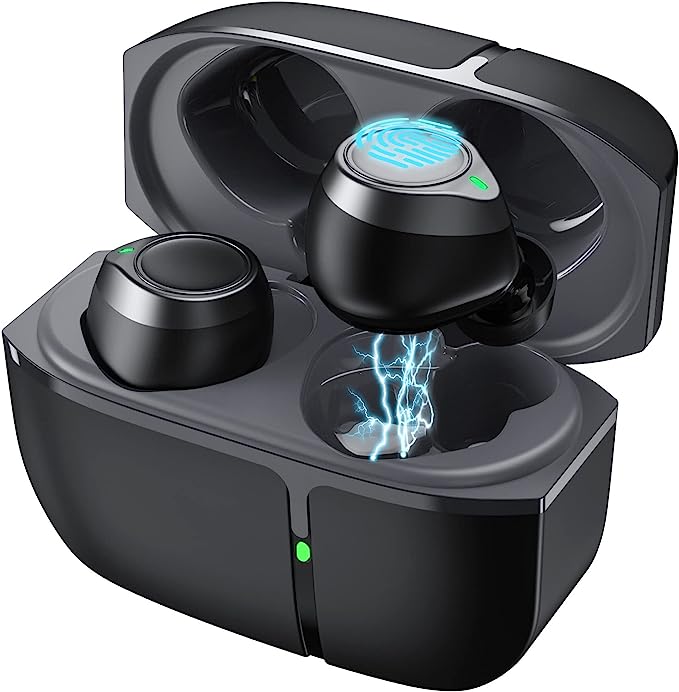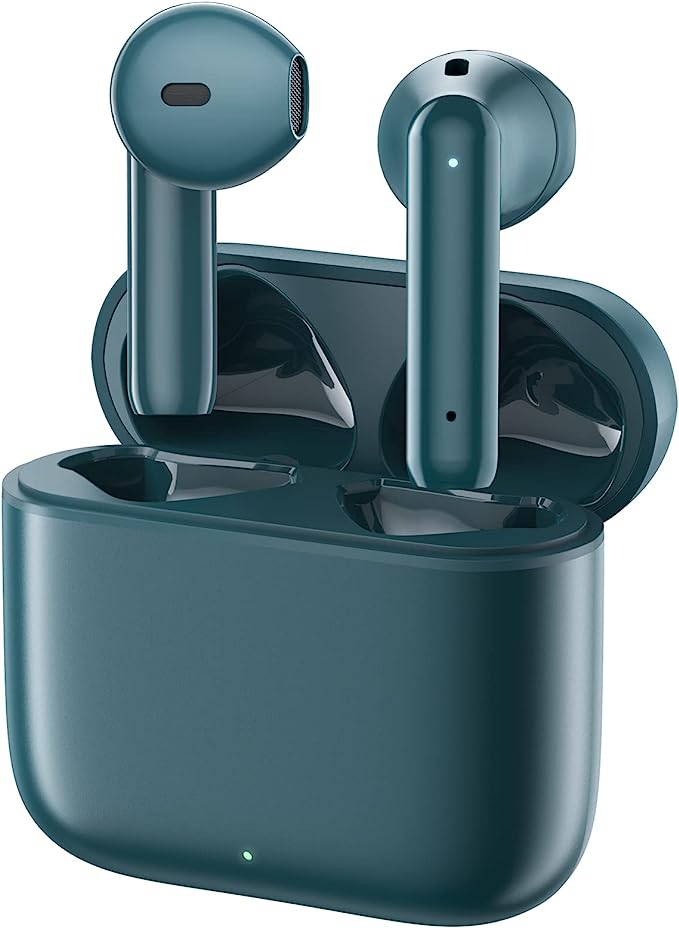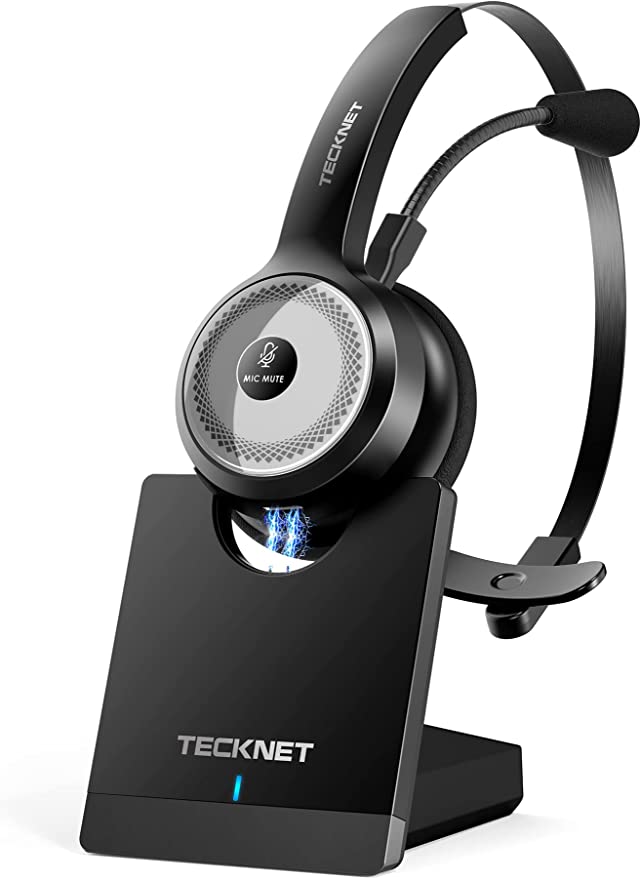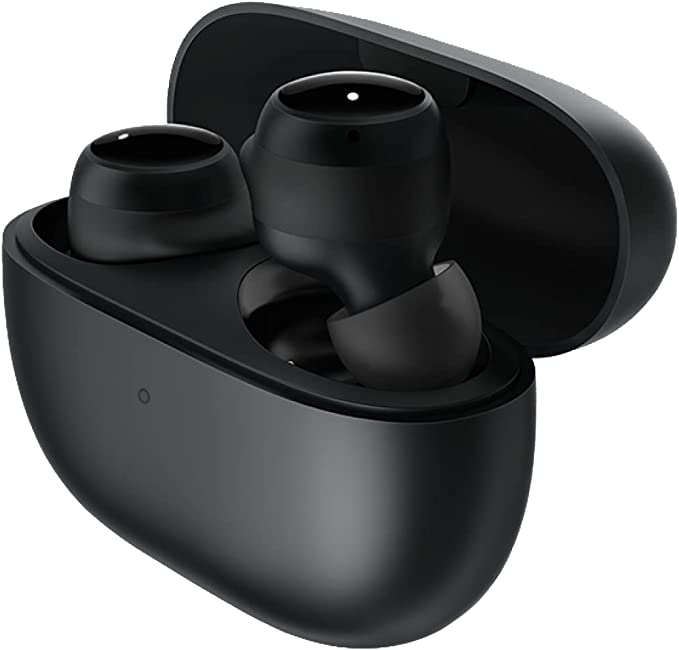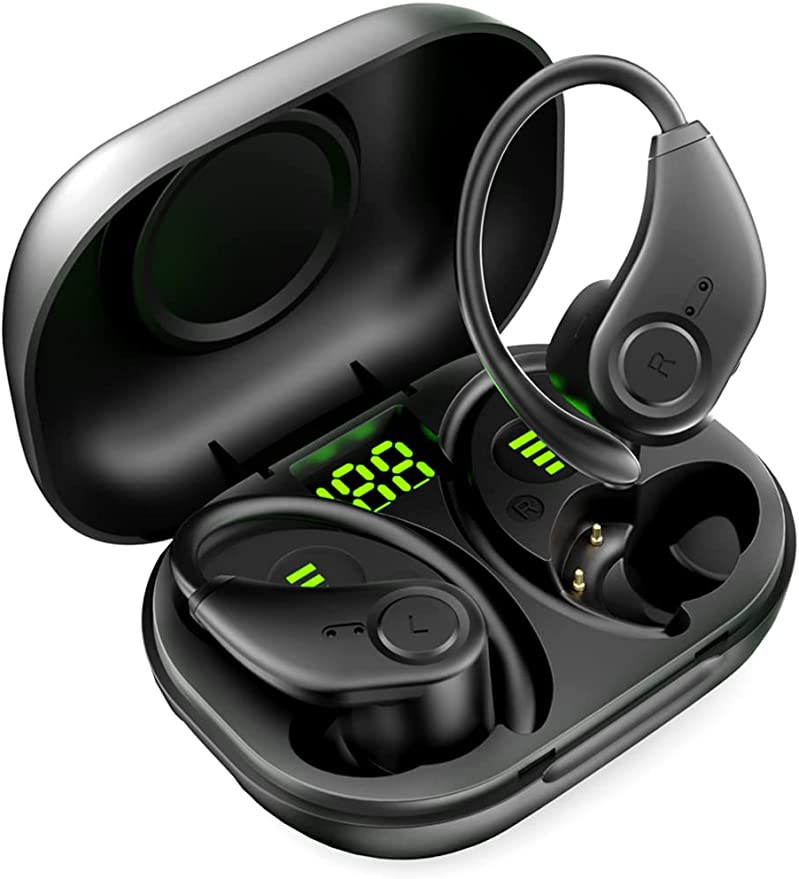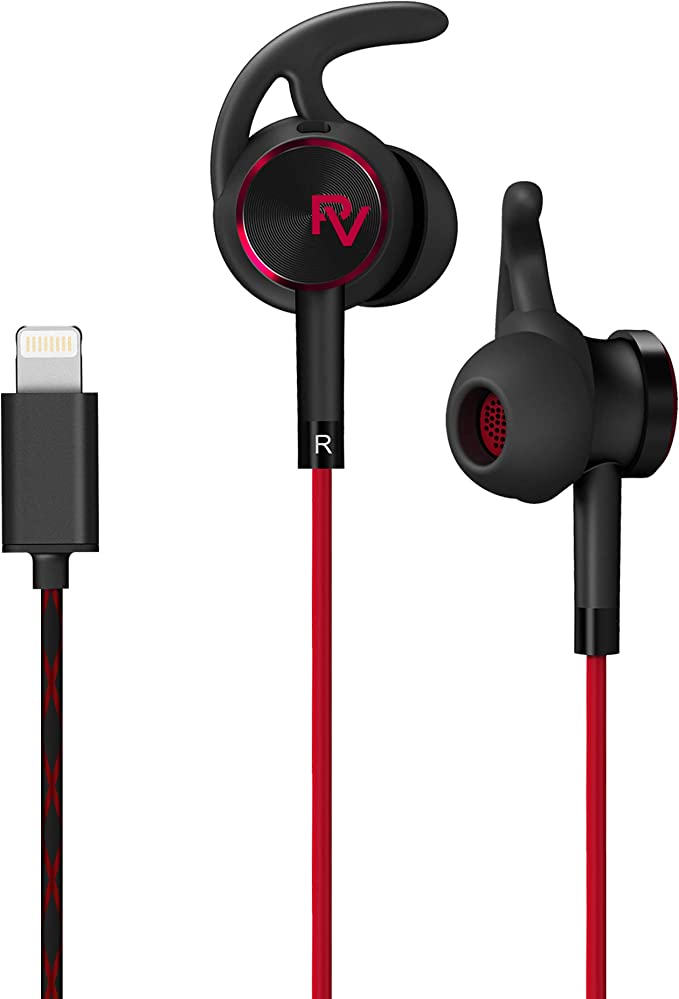The Physics of Stiction: How Smart Engineering Is Conquering 3D Printing’s Stickiest Problem
Update on Sept. 23, 2025, 2:29 a.m.
There’s a quiet magic to 3D printing. It’s a modern-day alchemy, turning digital bits into tangible objects, layer by painstaking layer. For those who have witnessed it, the process is captivating. But for those who have lived with it, especially the high-resolution world of resin printing, that magic is often accompanied by a frustratingly slow pace. It begs the question: in an age of instantaneous everything, why does bringing a detailed object to life still feel like watching paint dry?
The answer lies not in a lack of processing power or slow chemical reactions, but in a surprisingly primal and stubborn physical challenge. It’s a problem of “stiction”—a portmanteau of static friction and adhesion. At the heart of nearly every desktop resin printer is a battle against this fundamental force, a sticky hurdle that has long dictated the pace and reliability of the entire process. But now, a new generation of machines is fighting back, not with brute force, but with clever physics, intelligent sensors, and a dash of artificial intelligence. By examining these solutions, we can uncover a fascinating story of engineering ingenuity that is transforming the landscape of desktop manufacturing.

The Sticky Problem: Understanding Peel Force
Imagine trying to pull a freshly applied, large, wet band-aid straight off a flat surface. You’d feel a significant, uniform resistance across its entire area. This is precisely the challenge faced by a resin 3D printer. The process, known as Masked Stereolithography (MSLA), works by shining UV light through a high-resolution LCD screen, selectively hardening (or curing) a thin layer of liquid photopolymer resin. This newly solidified layer is sandwiched between the rising build platform and a transparent film (typically FEP or ACF) at the bottom of the resin vat.
Here’s the crux: the new layer sticks to the build platform above it, but it also sticks tenaciously to the film below. To print the next layer, the machine must perform a delicate, yet forceful, vertical lift to peel the new layer off the film. This is the moment of truth, governed by what engineers call “peel force.” For large, solid objects, the surface area is immense, and the resulting suction and adhesion forces can be strong enough to rip the model apart or detach it from the build platform entirely, resulting in a failed print. To play it safe, traditional printers lift slowly and cautiously, and this single, repetitive action becomes the primary bottleneck for the entire print job.

An Elegant Solution: The Physics of Tilting
For years, the solution was simply to build stronger motors and more rigid frames—a brute-force approach. The real breakthrough, however, came from rethinking the problem itself. Instead of a direct vertical pull, what if you could peel?
Think back to the band-aid. You wouldn’t rip it off in one go. Instinctively, you’d lift one corner and gently peel it back. This concentrates all the separating force along a tiny, moving line, rather than distributing it across the whole surface. This simple principle is the mechanical genius behind a technology now appearing in advanced printers, a “tilt-release” mechanism.
In such a system, instead of only the build plate moving, the entire resin tank is tilted by a small angle after each layer is cured. This action initiates the separation at one edge of the model and propagates it across the surface like a wave. The physics at play involves converting a high-tension vertical pull into a lower-force peeling motion, leveraging principles of stress concentration and moment arms. It’s a beautifully elegant solution that dramatically reduces the instantaneous forces exerted on the print. It’s this mechanical finesse that allows some modern machines, like the ELEGOO Saturn 4 Ultra which serves as a perfect example of this principle in action, to reliably achieve print speeds of up to 150mm/h, transforming a multi-hour print into a much shorter affair.
Beyond Speed: The Rise of the Sentient Machine
Conquering the physics of peel force unleashes speed, but speed is meaningless without reliability. The next evolutionary leap is intelligence—transforming the printer from a dumb, repetitive tool into a sentient partner that can sense its environment, self-correct, and even anticipate failure.
The End of Manual Labor: Perfecting the Foundation
Any architect knows that a building is only as strong as its foundation. In 3D printing, the “foundation” is the critical first layer. If it doesn’t adhere perfectly to the build plate, the entire print is doomed. This has traditionally required a manual process called “bed leveling,” a finicky ritual of adjusting screws with a piece of paper that has been the bane of many a beginner’s existence.
The modern solution is to give the machine the sense of touch. By embedding intelligent mechanical sensors, the printer can now perform this task automatically. The build plate lowers until the sensors detect the precise point of contact with the screen, establishing a perfect zero-point. This creates a closed-loop system that removes human error, ensuring a flawless first layer every single time. It’s a small piece of automation that has a massive impact on usability and reliability, effectively making the machine ready to use right out of the box.
A Watchful Eye: AI as a Quality Control Engineer
Even with a perfect start, things can go wrong mid-print. A small support might fail, or a section might detach, leading to a cascade of errors that wastes hours and expensive resin. The traditional approach? Hope for the best. The intelligent approach? Give the machine eyes.
The integration of an AI-powered camera is a glimpse into the future of desktop quality control. This isn’t just a webcam to watch your print remotely; it’s an active monitoring system. The onboard AI can be trained to recognize the visual signatures of common failures—the chaotic “spaghetti” of a detached model, for instance. When it detects such an anomaly, it can automatically pause the print and alert the user. It’s the equivalent of having a tireless quality control engineer who never blinks, constantly supervising the manufacturing process. This application of machine vision, once the exclusive domain of high-end industrial factories, is now being democratized, making the entire process smarter and more resilient.

The Canvas of Creation: More Than Just Pixels
This symphony of speed and intelligence would be wasted on a poor canvas. The quality of the final object is ultimately drawn by light, masked by an LCD screen. The advent of 12K resolution screens provides an astonishing level of potential detail. We’re talking about pixels so small that they can render details finer than a human hair.
But just as important as the pixel count is the type of screen. The shift to Monochrome LCDs was a pivotal moment. By removing the color filter layer found in screens for phones or monitors, these specialized panels allow far more UV light to pass through. This dramatically shortens the time needed to cure each layer, contributing significantly to the overall speed. It’s a perfect marriage of hardware and process: the speed unlocked by the tilt-release mechanism is only useful if the resin can be cured just as quickly, a task for which monochrome screens are perfectly suited.
Ultimately, the journey of the modern resin 3D printer is a microcosm of technological evolution itself. It’s a story about identifying a fundamental physical constraint—the stubborn stickiness of a newly formed polymer—and overcoming it with elegant mechanical design. It’s about layering intelligence on top of that mechanical prowess, imbuing the machine with senses that make it more autonomous and reliable. It’s a convergence of physics, AI, and material science that is elevating a hobbyist tool into a powerful, desktop-sized manufacturing station. The magic isn’t just in watching an object appear from a pool of liquid anymore; it’s in appreciating the profound ingenuity that makes it all possible.













